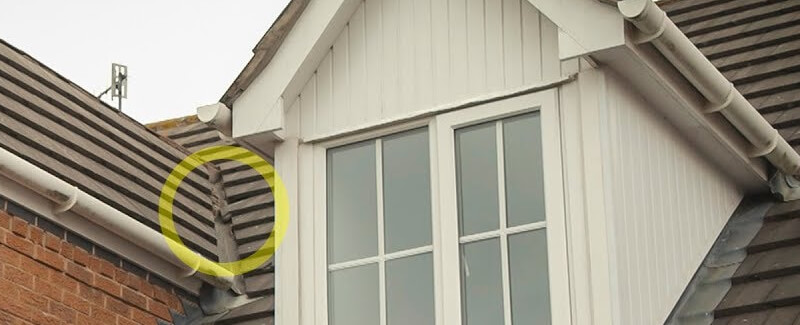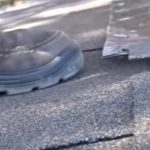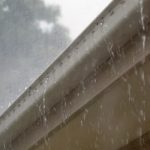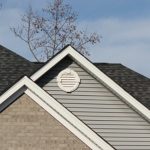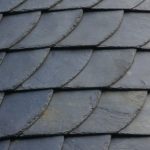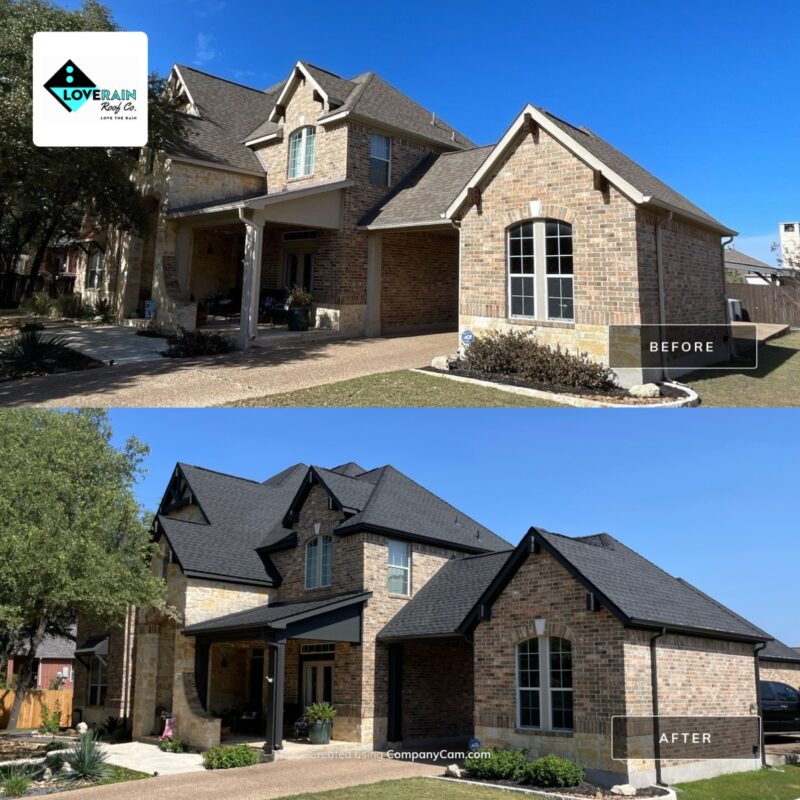According to The National Association of Home Builders, roofing inspections should be done every three years. However, it may be a good idea to have them done more frequently depending on the state of someone’s home or the climate they live in. Someone may also want to have an inspection done after a major storm or if they detect leaks, such as water stains on their ceiling.
Most people probably think that the biggest dangers to their homes are high winds, tornadoes, or other major natural disasters. However, water damage is far more likely, and it can do incredible amounts of damage to a home. In fact, if water damage occurs in structural components in a house, it can even cause a roof to collapse.
Austin roofing is designed to keep water out of a home, but, for the roof to do this job properly, it must be well maintained. Water does not require a big hole in a roof or a number of missing shingles to make its way into a home. Small leaks are sufficient to cause damage over time.
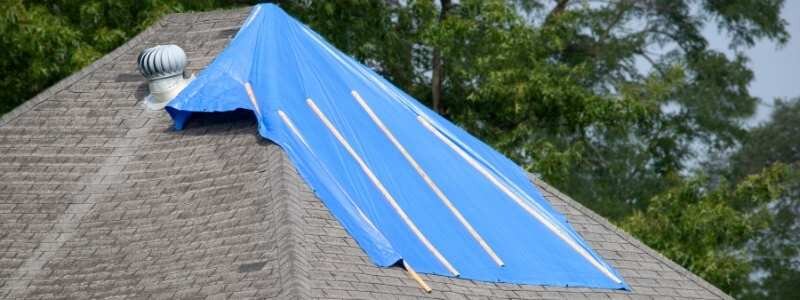
Since a home is built with a roof that is designed to keep water out, internal structures in a home, including support structures, are not generally designed to repel water. This means that when water is allowed to soak into wooden support structures, the wood can become weak and reduce its load-bearing capacity, potentially leading to a roofing collapse.
Additionally, water in a home can lead to mold, reduce the ability of insulation to do its job, and cause electrical fires if water gets into a home’s wiring. When there are large amounts of moisture in a house, mold can develop in just 24 hours.
If it spreads to an HVAC system, it can be incredibly difficult to get rid of.
One of the major causes of roof leaks is standing water, which generally forms when water cannot flow off of a roof. During the majority of the year, standing water is caused by a depression in a roof or when water builds up around chimneys or where two parts of a roof meet. In the winter, ice dams can lead to standing water.
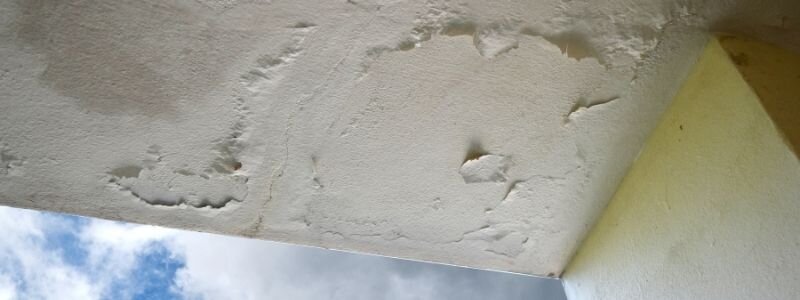
Roofs are built at an incline, and even so-called flat roofs have some incline, they are just built with a smaller degree of tilt. This incline means that gravity helps water run off of a roof. However, if a depression forms or something keeps water from flowing, water will sit on a roof. When water does not run off of a roof, it can work its way into imperfections, leading to leaks.
Ice dams form when the snow melts and refreezes again, generally along the edge of a roof. When ice freezes again, it creates a dam that prevents any other melted snow from running off of a roof, potentially allowing leaks to form.
Why is interior water damage from a roof leak so destructive on materials?
Water is a corrosive liquid, forming rivers and glaciers in nature. When it enters homes, it saturates wood and drywall. Materials bulge and break apart, leaving the area vulnerable to mold and algae growth. Interior water damage must be dried or cut out of the structure to reduce water’s corrosive results.
What Causes A Leaky Roof
The number one reason why homeowners contact roofing companies and contractors is because of leaks. These leaks can range from mildew or mold in a corner of a room to a gushing flow of water that comes from a large crack in the middle of the roof. Austin roofing companies encourage clients to look at the common causes of roof leaks to get an idea about what caused their leaks before they call for help.
Though there are multiple reasons behind a leaky roof, one of the more common causes is a cracked roof flashing. The flashing is primarily responsible for keeping water off the roof and stopping that water from penetrating the roof. If the flashing is even slightly loose, it allows water to flow from the gutters and get underneath the shingles. Missing screws, loose adhesive, or missing nails can all cause the flashing to come loose. If the home has a chimney, there may also be missing or loose flashing located around the chimney. This allows water from snow, ice, and rain to get inside the chimney. That water can then get inside the walls or break through the ceiling.
Though an ice dam can only form during bouts of colder weather, these dams are dangerous. As more ice accumulates on top of the dam, it can break siding and other materials on the walls of the house, tear through the shingles or even knock down the home’s gutters. As an ice dam drags materials off the roof, it can allow any water left behind to penetrate both the roof and ceiling. Homeowners should also keep an eye out for icicles. Though most don’t view icicles as harmful, they can do just as much damage as larger ice dams.
Leaks in a roof can also form because of standing water. Any type of change to the overall structure of the roof changes the way water flows or runs off. Something as simple as a missing piece of the deck may allow water to sit on the surface of the roof without rolling off. The weight of the water can push down the roof, and that moisture may eventually slide underneath the shingles. After the moisture reaches the ceiling of the house, the moisture can form cracks and small holes that lead to leaks. Only professionals can help homeowners determine what caused their leaks.
Following Roof Leak Clues
When rain or snow consistently visits a region, the rooftop must operate as a water-resistant surface with each storm. Even with firm fasteners and glass felt underlayment, rooftops can fail on a minor level and allow leaks into the structure. These minor leaks are difficult to locate and produce considerable damage as they work through interior materials, including drywall and lumber. Austin roofing contractors must use specific detection skills to find all leaks before further costly damages occur.
Locating rooftop leaks usually starts along shingled surfaces. Leaks don’t often have one origination point but actually converge from multiple damaged areas. Roofers examine shingles for any gaps or breaks. They’ll note several possible leak locations on their paperwork to visualize damage routes. In many cases, leaks originate several feet away from their actual visual pathway. Water drips and seeps into any area that’s easy to access.
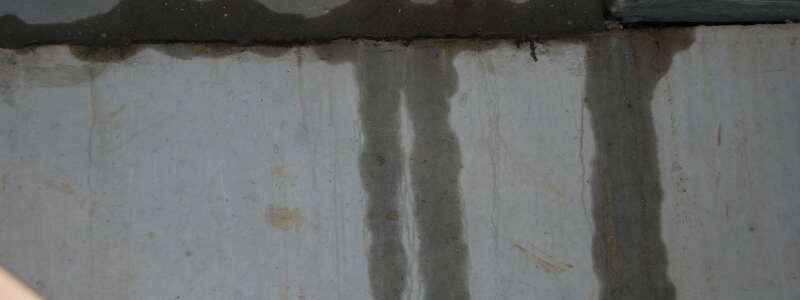
Roofers move into attic spaces to further follow leak pathways. They’ll look at rafters and decking within the attic to discover dark spots. Water saturating wood for several days or weeks will discolor attic framework pieces, for example. Contractors use specialized tools to find less obvious wet areas as well, such as humidity reading devices. The attic provides more clues to leak pathways, especially when interior damage is present.
When leaks display slow movement into the attic, they may not be found for weeks. Insulation often traps moisture, allowing it to remain in the attic without evaporating away. Saturated insulation leads to mold growth. If contractors find these leak clues, they must remove the insulation to evaluate the area. Replacing insulation and drying the area is critical for leak resolution after discovery.
Homeowners usually find leaks at their endpoints along with interior drywall. Walls and ceilings are canvases for leak clues. Residents should point out any unusual stains found within the home to help roofers find all leak pathways. Many leaks can actually be hidden within wall cavities, dripping relentlessly on internal structural components. Contractors might remove drywall to access wall cavities for the best leak detection and resolution practices.
Homeowners should partner with contractors to locate any leaks between service call appointments. Residents can walk around the home’s interior and even survey the attic. If any wall or ceiling areas appear discolored, contact roofers immediately. They can resolve the situation with low-cost repair strategies when the issue is just evolving. Leaving leaks to fester only creates high repair costs as more materials must be replaced.

